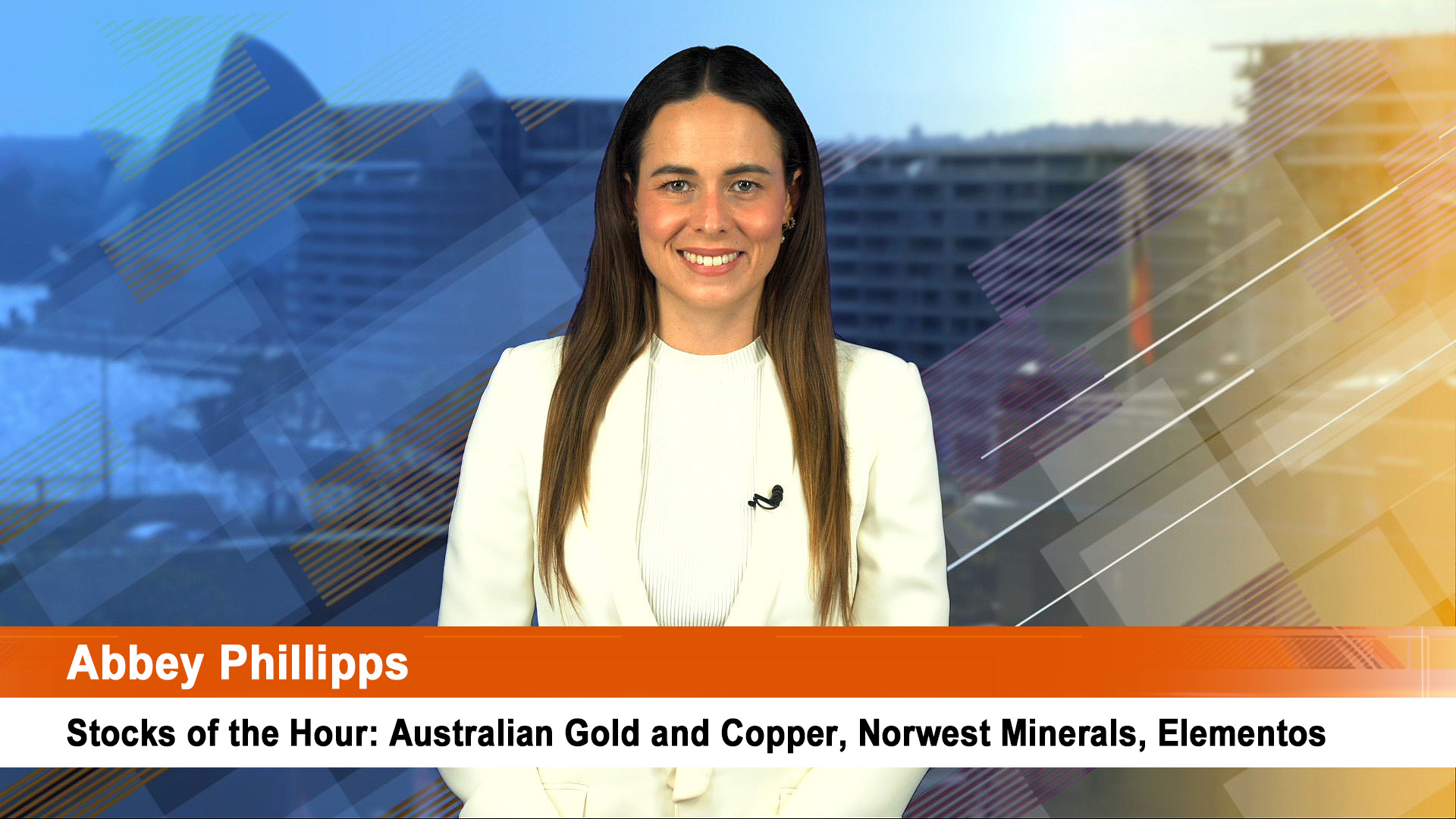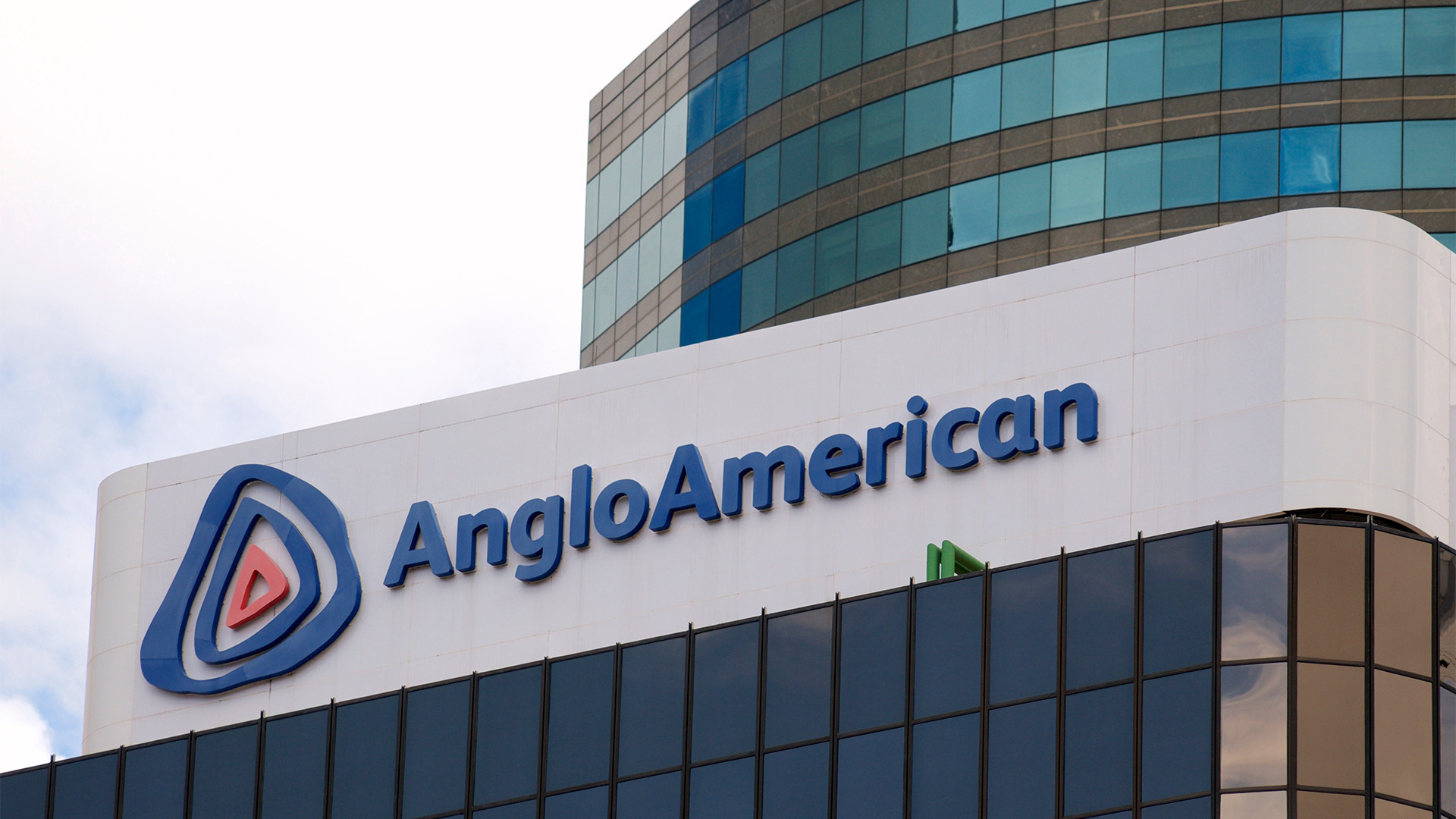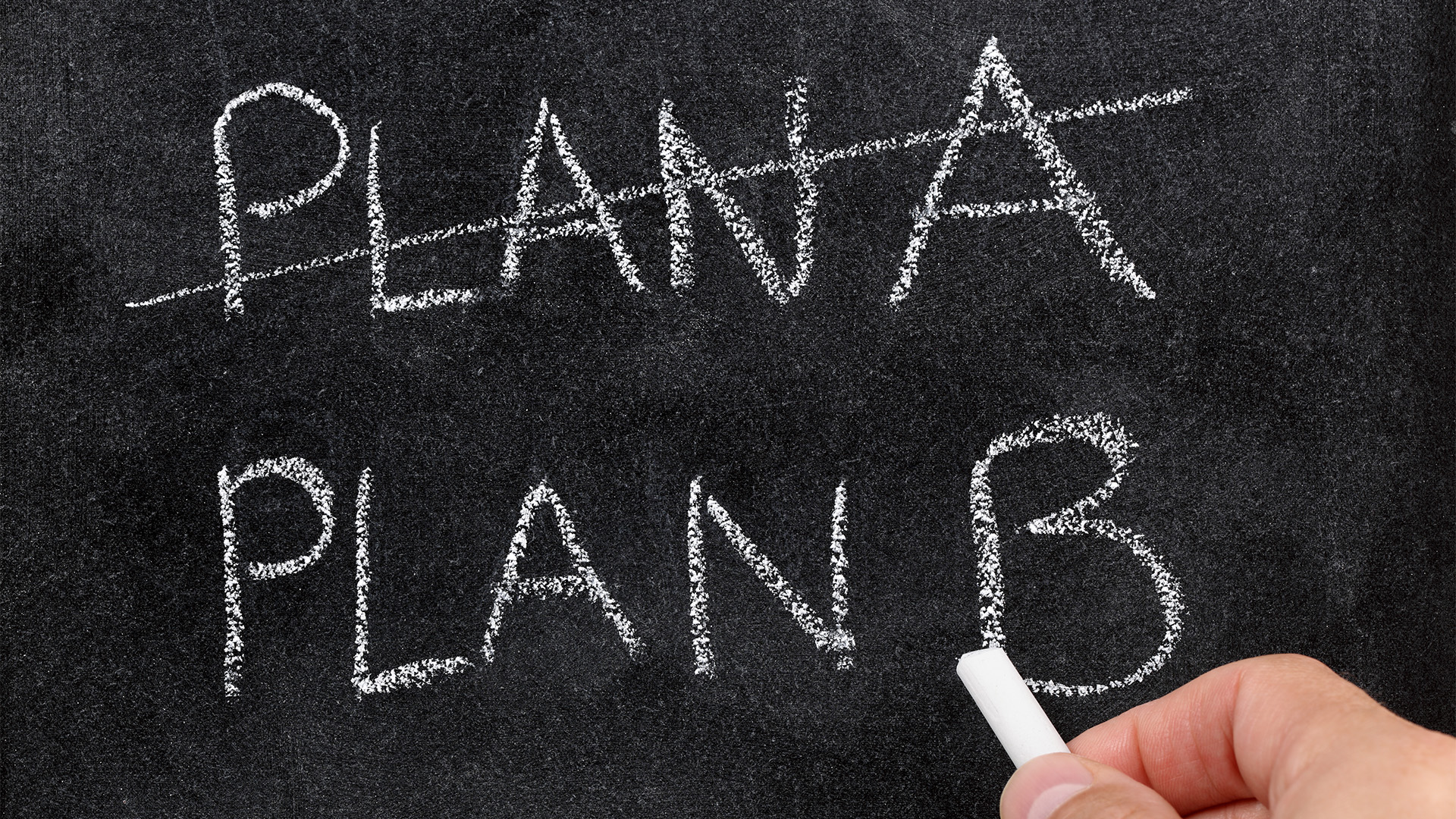Australian share prices will come under more pressure today after the world iron ore price breached the $US90 a tonne level overnight and fell 2.1% to a new 21 month low, but the news again won’t shift the value of the Aussie dollar lower.
The price of benchmark 62% Australian ore delivered to northern China fell to $US89 a tonne, the lowest since September 2012.
The price is now 34% down from the start of the year and will put further pressure on the price of major miners such as BHP Billiton (BHP) and Rio Tinto (RIO).
And yet the dollar hardly moved overnight after the new, lower price became known – it traded at or just under 94 US cents.
It was at 93.85 US cents in early Asian trading this morning, when it should be 10 cents lower based on the slide in the price of our most important export commodity.
But a yield of 3.74% (yesterday) for Australian 10 year bonds, with strong buying by offshore investors, especially from Japan, is helping keep the currency higher than the Reserve Bank wants it to be.
Also helping is the continuing tension in Iraq which knocked share prices in Asia, Europe lower overnight. Markets in the US were weak.
Despite news of more towns being lost to the terrorists, oil prices remained around $US106 in New York and gold rose slightly, but then fell to remain down slightly $US1,273 an ounce.
Australian share prices fell in early trading yesterday after the iron ore price fell to just above $90 a tonne on Friday night our time.
But the market then recovered to close up around 7 points after a senior Reserve Bank official indicated the current unemployment level (around 5.8% to 6%) would be the norm well into next year.
Resources giant BHP Billiton rose 0.9% to $35.62, Tinto added 0.7% to $58.02, while Fortescue Metals Group was unchanged at $4.06.
BHP vs RIO 2Y – Iron ore prices slides to $US89 a tonne

The RBA’s newly appointed head of economics, Assistant Governor Chris Kent told a conference in Sydney that unemployment will continue into next year around its current level. The Federal budget has estimated it will rise to 6.25% in 2014-15.
Mr Kent said the high level (relatively speaking compared to levels before the GFC) of unemployment is helping keep a lid on wages growth (real wages have been falling for months) and inflation, which remains well within the central bank’s 2% to 3% range.
His comments were grabbed by nervous investors as evidence the central bank will keep interest rate son hold for longer than thought.
That’s an overreaction because successive statements from RBA Governor Glenn Stevens after board meetings (such as the June meeting) have made it clear the bank won’t be changing rates for some time.
Now Mr Kent has suggested that unemployment will remain around current levels well into next year has been grabbed as a something ‘new’ but it was always implied in recent RBA statements and commentaries.
"The demand for labour has improved over recent months, although some of that may reflect a ‘catch-up’ after a period of weak employment growth last year.
"Despite these improvements, there is still a fair degree of spare capacity in the labour market."
"The unemployment rate is expected to remain elevated over that period, declining from later in 2015 when we anticipate GDP growth to be picking up to an above-trend pace," he added.













